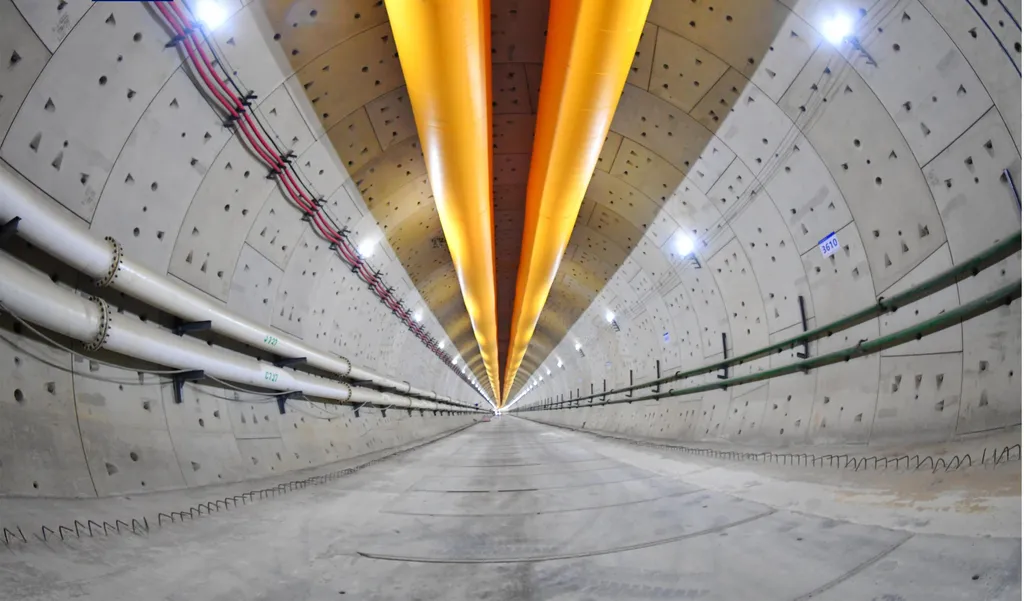In the high-stakes world of high-speed railway construction, particularly in areas under significant water pressure, engineers face a formidable challenge: how to mitigate the immense external loads on tunnel segments. A recent study published in *Chengshi guidao jiaotong yanjiu* (Urban Mass Transit Technology Research) offers a compelling solution—one that could reshape how we approach shield tunnel construction in high-water-pressure environments.
The research, led by Zhaohui Deng of China Railway Siyuan Survey and Design Group Co., Ltd. in Wuhan, focuses on the strategic placement of drainage holes in shield tunnel segments. These holes are designed to alleviate water pressure, thereby reducing the structural load on the tunnel segments. The study’s findings could have significant commercial implications for the energy sector, particularly in regions where high-speed rail infrastructure development is critical.
Deng and his team conducted a detailed analysis of the Tanglang Mountain High-speed Railway Shield Tunnel in Shenzhen, Guangdong Province. They established a numerical model to simulate different drainage hole placement schemes and their impact on the surrounding rock seepage field, external water pressure on the segments, and drainage volume. The study explored four key working conditions: drainage at the vault and invert, drainage at the arch shoulders, drainage at the arch waist, and drainage at the arch foot. Each condition was compared to a no-drainage scenario to assess the effectiveness of drainage hole placement.
The results were striking. When drainage holes were placed at the arch foot, the disturbance to the surrounding rock seepage field was the largest, the maximum external water pressure on the segments was the smallest, and the drainage volume was the greatest. This suggests that placing drainage holes at the arch foot is the most effective strategy for reducing structural loads.
The study also examined the impact of longitudinal spacing between drainage holes. When the spacing exceeded 8 meters, adjacent drainage holes had no significant influence on each other. However, as the spacing decreased, the disturbance to the seepage field increased, the maximum external water pressure decreased, and the non-uniformity of longitudinal external water pressure was progressively reduced. The optimal drainage volume was achieved with a longitudinal spacing of 4 meters, while the best pressure relief effect was observed with a spacing of 2 meters.
Deng emphasized the practical implications of these findings: “By optimizing the placement and spacing of drainage holes, we can significantly enhance the structural safety of shield tunnels in high-water-pressure environments. This not only reduces construction costs but also ensures the long-term stability of the infrastructure.”
The research highlights the importance of strategic planning in tunnel construction, particularly in regions with high water pressure. As high-speed rail networks continue to expand globally, these findings could inform future projects, ensuring safer, more efficient, and cost-effective construction. The study’s insights are particularly relevant for the energy sector, where infrastructure development often intersects with challenging geological conditions.
In an era where precision and efficiency are paramount, Deng’s research offers a blueprint for engineers and policymakers alike. By leveraging these findings, the industry can move toward more resilient and sustainable infrastructure solutions, ultimately benefiting both the construction sector and the broader economy.

